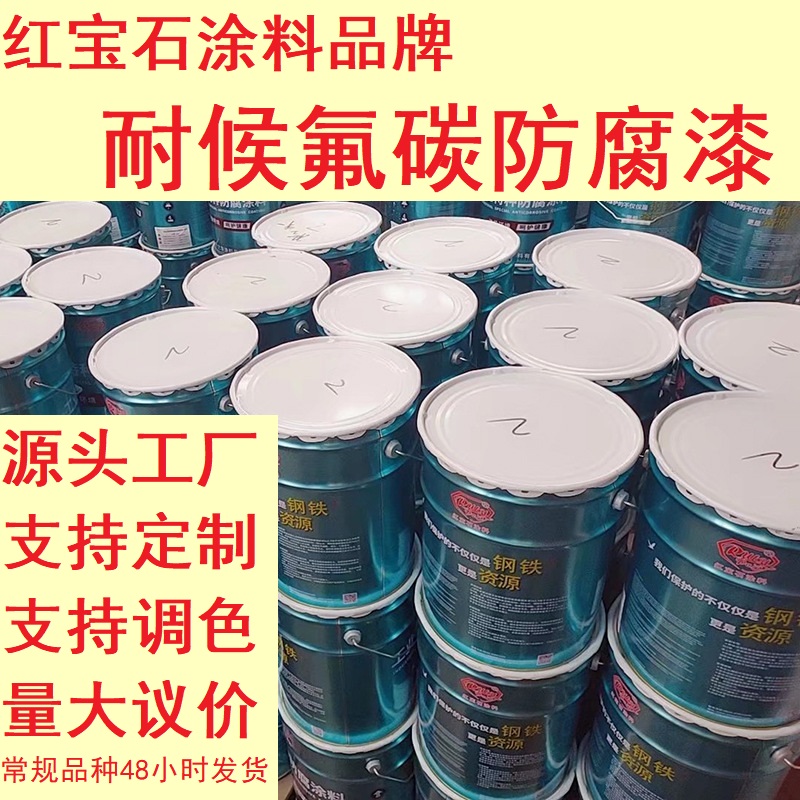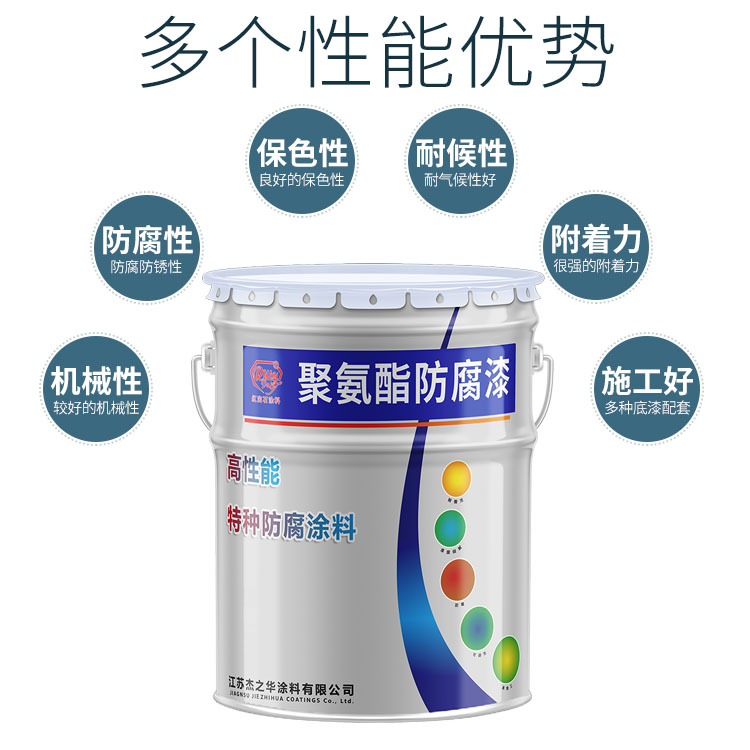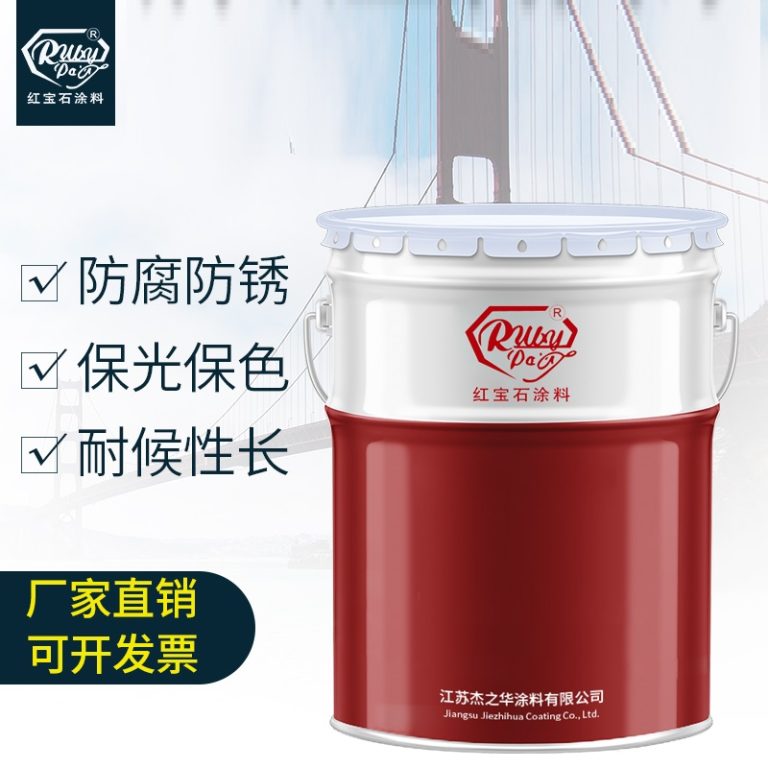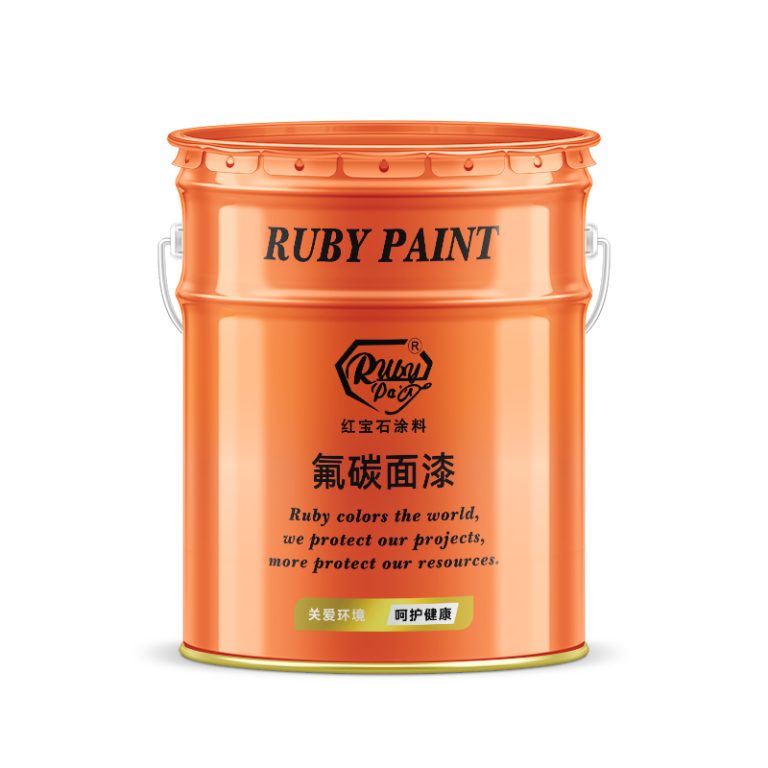Table of Contents
Best Paint Rollers for Polyurethane Application
When it comes to applying polyurethane, choosing the right paint roller is crucial for achieving a smooth, flawless finish. Polyurethane is a popular choice for wood finishing because it provides a durable, clear coating that enhances the natural beauty of the wood. However, applying polyurethane can be tricky, and using the wrong tools can result in a less-than-desirable outcome. In this article, we will explore some of the best paint rollers for polyurethane application to help you achieve professional-looking results.
One of the key factors to consider when selecting a paint roller for polyurethane is the type of roller cover. Roller covers are available in a variety of materials, including foam, microfiber, and synthetic fibers. Each type of material has its own advantages and disadvantages, so it’s important to choose the right one for your specific project.
Foam roller covers are a popular choice for applying polyurethane because they provide a smooth, even finish without leaving any brush marks or bubbles. Foam rollers are also relatively inexpensive and easy to use, making them a great option for DIY enthusiasts. However, it’s important to note that foam rollers can sometimes absorb too much polyurethane, which can lead to waste and increased costs.
Microfiber roller covers are another excellent option for applying polyurethane. Microfiber rollers are known for their ability to hold a large amount of paint, which means you can cover more surface area with fewer dips into the paint tray. Additionally, microfiber rollers provide a smooth, even finish and are less likely to leave behind lint or debris.
Synthetic fiber roller covers are also suitable for polyurethane application. These rollers are made from a blend of synthetic materials, such as polyester or nylon, and are designed to provide a smooth, even finish. Synthetic fiber rollers are durable and can be used for multiple projects, making them a cost-effective option for professional painters and DIY enthusiasts alike.
When choosing a paint roller for polyurethane, it’s also important to consider the nap length of the roller cover. The nap length refers to the length of the fibers on the roller cover, and it can have a significant impact on the final finish. For polyurethane application, a short nap length (1/4 inch to 3/8 inch) is typically recommended. Short nap rollers provide a smooth, even finish without leaving behind any texture or stippling.
In addition to choosing the right roller cover, it’s also important to use the proper technique when applying polyurethane. Start by pouring a small amount of polyurethane into a paint tray and loading the roller evenly. Apply the polyurethane in thin, even coats, working in one direction to avoid creating bubbles or streaks. Allow each coat to dry completely before applying the next coat, and sand lightly between coats to ensure a smooth finish.
In conclusion, choosing the right paint roller for polyurethane application is essential for achieving a professional-looking finish. Foam, microfiber, and synthetic fiber roller covers are all excellent options, depending on your specific needs and preferences. By selecting the right roller cover and using the proper technique, you can ensure a smooth, even finish that enhances the natural beauty of your wood surfaces.
Tips for Achieving a Smooth Finish with a Polyurethane Paint Roller
When it comes to achieving a smooth finish with polyurethane, using the right paint roller is crucial. Polyurethane is a popular choice for wood finishing due to its durability and resistance to water, chemicals, and abrasion. However, applying polyurethane can be challenging, especially if you are aiming for a flawless finish. The type of roller you use, along with proper technique, can significantly impact the final result.

One of the most important factors to consider when selecting a paint roller for polyurethane is the material of the roller cover. Synthetic materials, such as nylon or polyester, are generally recommended for use with polyurethane. These materials do not absorb the finish, which helps to ensure a smooth and even application. Additionally, synthetic roller covers are less likely to leave lint or fibers behind, which can mar the surface of your project.
The nap length of the roller cover is another key consideration. A shorter nap, typically between 1/4 inch and 3/8 inch, is ideal for applying polyurethane. This is because a shorter nap provides better control and produces a smoother finish. Longer nap rollers are better suited for rough surfaces or textured materials, as they can hold more paint and reach into crevices. However, for polyurethane on smooth surfaces such as wood, a short-nap roller will yield the best results.
| No. | Product |
| 1 | Fluoracarbon paint |
Before you begin applying polyurethane, it is essential to properly prepare the surface. The wood should be sanded smooth and free of any dust, dirt, or grease. Any imperfections in the surface can be magnified by the polyurethane, so take the time to ensure the surface is as flawless as possible. After sanding, use a tack cloth or a damp rag to remove any residual dust.
When you are ready to apply the polyurethane, pour it into a paint tray and load the roller evenly. Start by rolling in one direction, then cross-roll in the opposite direction to ensure even coverage. Avoid applying too much pressure, as this can cause the roller to slide and create streaks or bubbles in the finish. It is also important to work in small sections and maintain a wet edge, which means overlapping each pass slightly before the previous one dries. This technique helps to prevent lap marks and ensures a uniform finish.
| No. | Commodity Name |
| 1 | Industrial paint |
After applying the first coat of polyurethane, allow it to dry completely according to the manufacturer’s instructions. Once dry, lightly sand the surface with fine-grit sandpaper to remove any imperfections and to provide a key for the next coat. Remove the sanding dust with a tack cloth, then apply a second coat of polyurethane using the same technique as before.
Achieving a smooth finish with polyurethane requires patience and attention to detail. By selecting the appropriate paint roller and following proper application techniques, you can create a durable and attractive finish on your wood projects. Remember to work in a well-ventilated area and to wear protective gear, such as gloves and a respirator, to safeguard your health while working with polyurethane. With practice and care, you can master the art of applying polyurethane for professional-looking results.





